A relatively new addition to Vrindavan’s skyline, Prem Mandir is a stunning white marble temple that glows beautifully in the evening with colorful lighting. The temple grounds also have life-sized depictions of Krishna’s leelas.
Established in 1542 by Gopal Bhatta Goswami, this temple is home to a self-manifested Shaligram Shila of Lord Krishna in the form of Radha Raman. It is considered one of the most sacred temples in Vrindavan.
5. Seva Kunj and Nidhivan
These are sacred groves where it is believed Krishna and Radha performed their Rasa Leela at night. Even today, no one is allowed to stay here after dusk, as locals believe the divine couple still visit the place.
6. Keshi Ghat
Located on the banks of the Yamuna, Keshi Ghat is where Lord Krishna is believed to have killed the Keshi demon. The ghat is a beautiful spot for morning and evening aartis.
7. Govind Dev Ji Temple
Built in 1590 by Raja Man Singh of Amber, this magnificent seven-storey temple (now partially ruined) was once among the grandest in India. It still exudes old-world charm and architectural brilliance.
Major Festivals in Vrindavan
Vrindavan celebrates festivals with unmatched enthusiasm and devotion, transforming the town into a sea of colors, music, and dance.
- Janmashtami – The birth of Lord Krishna, celebrated with midnight aarti, devotional singing, and special decorations in temples.
- Holi – Vrindavan is world-famous for its colorful Holi celebrations, especially at Banke Bihari Temple where flowers and colors fill the air.
- Radhashtami – Marks the appearance day of Radharani, celebrated with grandeur in Barsana and Vrindavan.
- Jhulan Yatra – A festival where the deities are placed on beautifully decorated swings.
- Govardhan Puja – Commemorates the lifting of Govardhan Hill by Krishna.
Best Time to Visit Vrindavan
- October to March – The weather is pleasant, perfect for temple visits and sightseeing. This is also the time for major festivals like Janmashtami (sometimes falls in September) and Holi (March).
- April to June – Hot summer months, but morning and evening temple visits are still possible.
- July to September – Monsoon season brings greenery and a fresh aura to the Braj region.
The 84 Kos Yatra – A Sacred Pilgrimage in the Braj Region
The 84 Kos Yatra is a revered pilgrimage that covers the Braj Bhoomi—the land associated with Lord Krishna’s divine pastimes. “Kos” is an ancient Indian unit of distance, approximately 3 kilometers. Therefore, 84 Kos equals about 252 kilometers. The Yatra involves visiting all the holy spots in this area, including Vrindavan, Mathura, Govardhan, Barsana, Nandgaon, Gokul, and several sacred groves, ponds, and temples.
It is believed that performing the 84 Kos Yatra with devotion can cleanse a person of sins and grant them liberation. Many devotees undertake it on foot, following the traditional route that saints and sages have walked for centuries.
Religious Significance
According to scriptures, the 84 Kos Yatra covers all the locations where Krishna performed his leelas during his time on earth. These places are considered so sacred that even walking on this land is said to bring spiritual merit. The Yatra is often done during special months like Chaitra (March–April) or Bhadrapada (August–September).
The Braj region is home to 84 villages — collectively called Chaurasi Gaon — each linked to a particular event in Krishna’s life. These villages preserve the living heritage of Krishna bhakti and are adorned with ancient temples, ghats, and ponds.
Here’s an overview of some key villages:
- Barsana – Birthplace of Radharani, famous for Laddu Holi and the Radha Rani Temple.
- Nandgaon – Village of Nanda Baba and Yashoda Maiya, where Krishna spent much of his childhood.
- Gokul – Place where Krishna was secretly raised after his birth.
- Govardhan – Known for Govardhan Hill, lifted by Krishna to protect villagers from Indra’s wrath.
- Radhakund & Shyamakund – Sacred ponds created by Radha and Krishna.
- Mahavan – Associated with Krishna’s early childhood pastimes.
- Baldev – Known for Dauji Temple dedicated to Balarama.
- Kamyavan – One of the 12 principal forests of Braj.
Each of the 84 villages has a unique story, making the pilgrimage a deeply immersive spiritual journey.
Modern Experience of the Yatra
Today, the 84 Kos Yatra can be done on foot, by cycle, by bullock cart (traditional style), or by vehicle. Many tour operators offer guided Braj Yatras covering the most significant spots over 7–10 days. However, devout pilgrims often prefer the traditional walking route, which takes longer but is considered more spiritually rewarding.
Travel Tips for Vrindavan & the Braj Yatra
- Dress Modestly – Temples expect traditional, respectful attire.
- Footwear – You will need to remove shoes before entering temples; wear something easy to slip off.
- Local Transport – E-rickshaws and cycle rickshaws are common within Vrindavan.
- Accommodation – Ranges from budget dharamshalas to mid-range hotels and ISKCON guesthouses.
- Food – Vrindavan is a vegetarian town; try local delicacies like kachori-sabzi, pedas, and lassi.
- Photography – Respect temple rules, as photography is often restricted inside sanctum areas.
Conclusion
Vrindavan is not just a place you visit; it is an experience that transforms your heart. From the enchanting temples to the sacred ghats, from the colorful festivals to the peaceful chants that echo in the air, Vrindavan is a living embodiment of devotion.
Undertaking the 84 Kos Yatra and exploring the 84 villages of Braj allows one to walk in the very footsteps of Krishna, retracing the path of divine love. Whether you come as a pilgrim or a traveler, Vrindavan will embrace you with the same love that Radha and Krishna share — eternal, boundless, and pure.













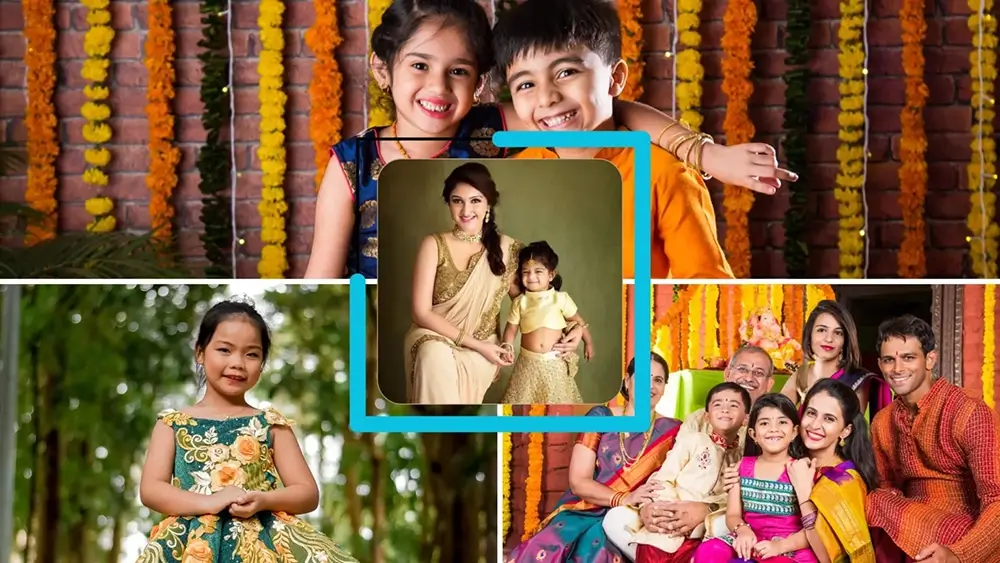



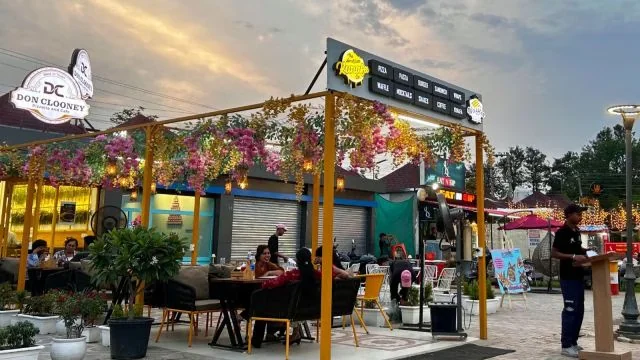


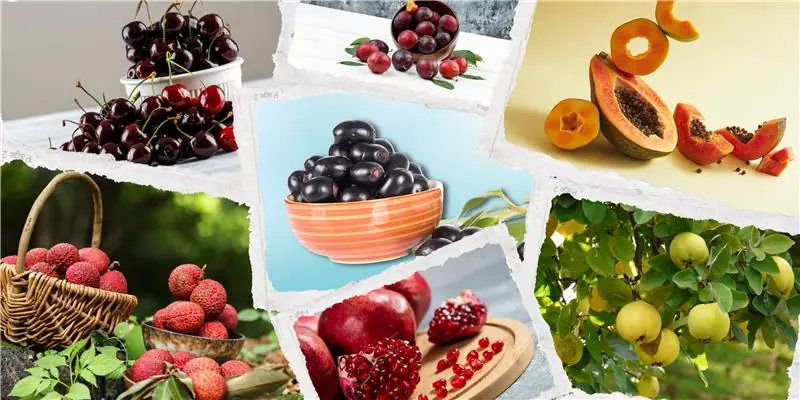

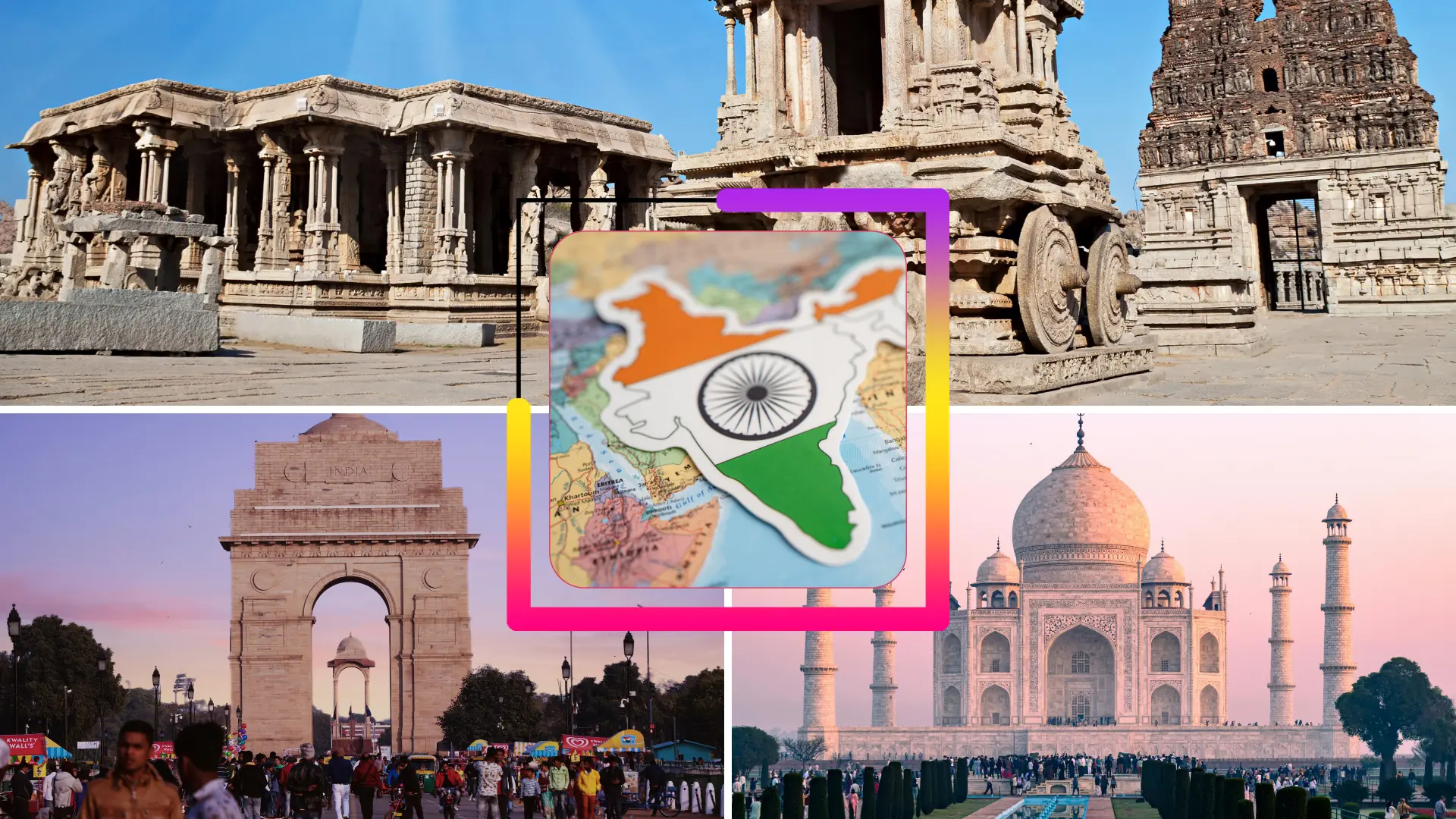










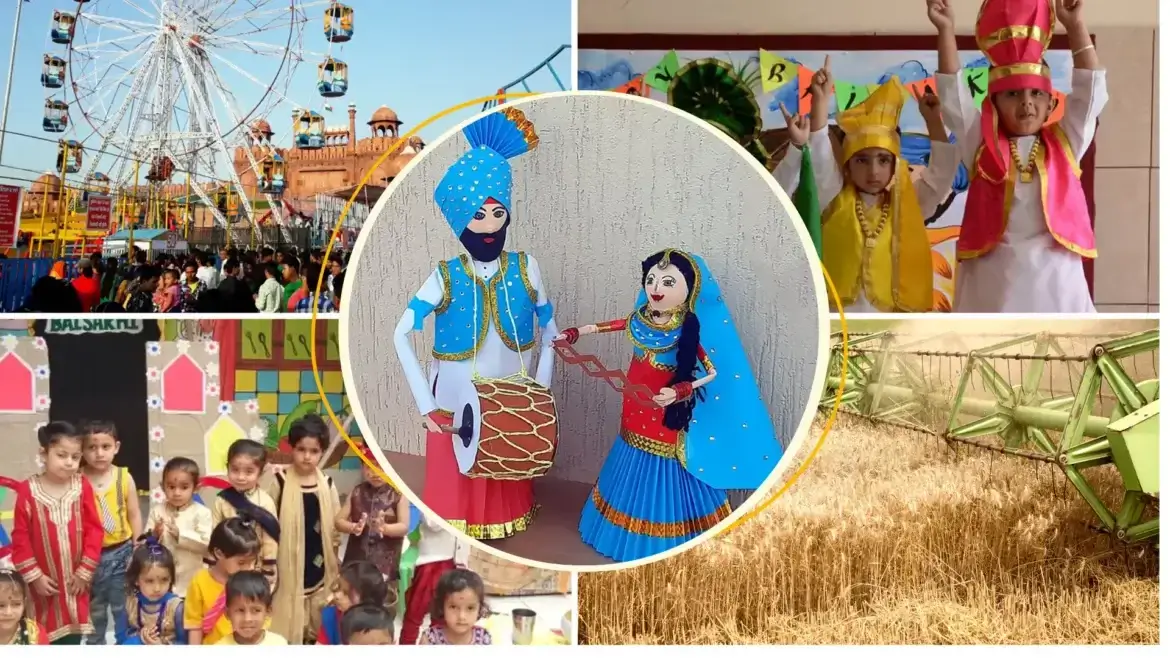


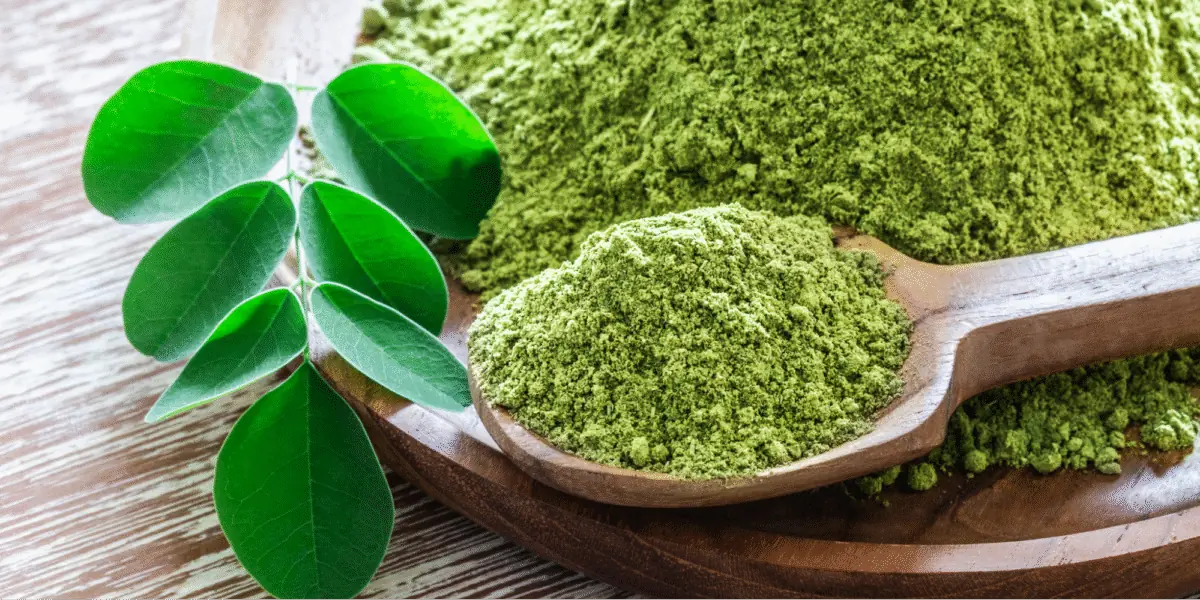





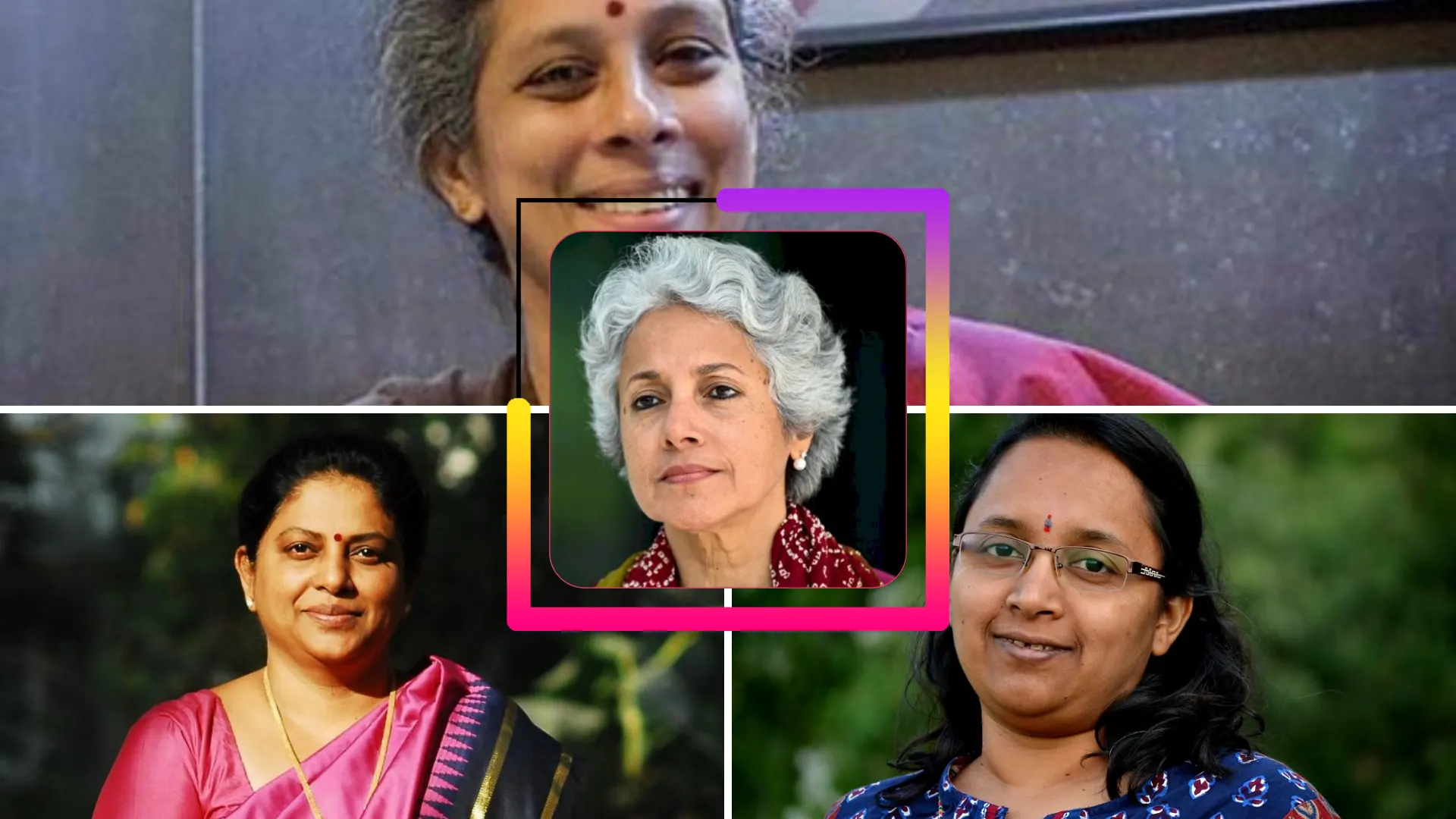
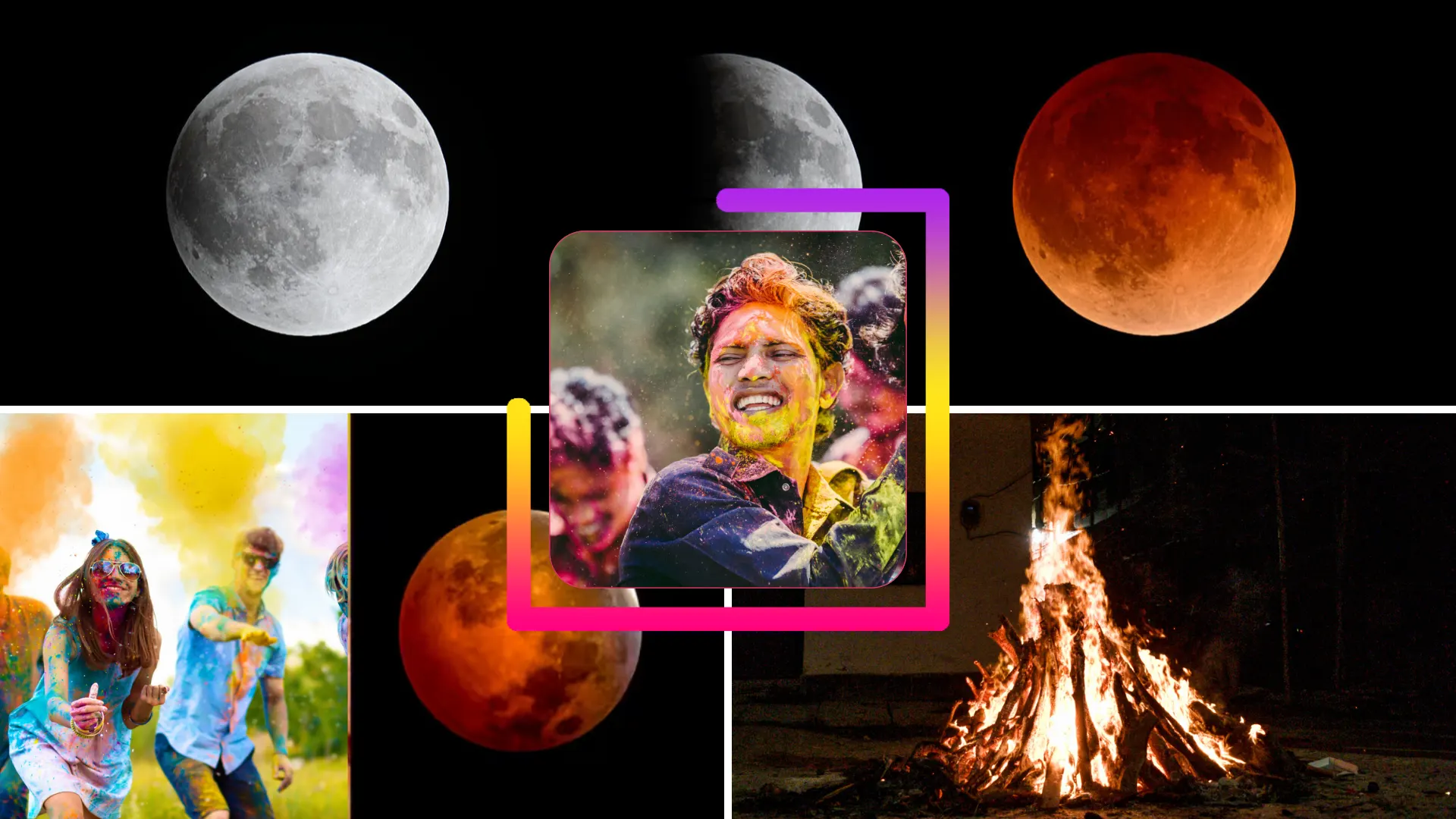
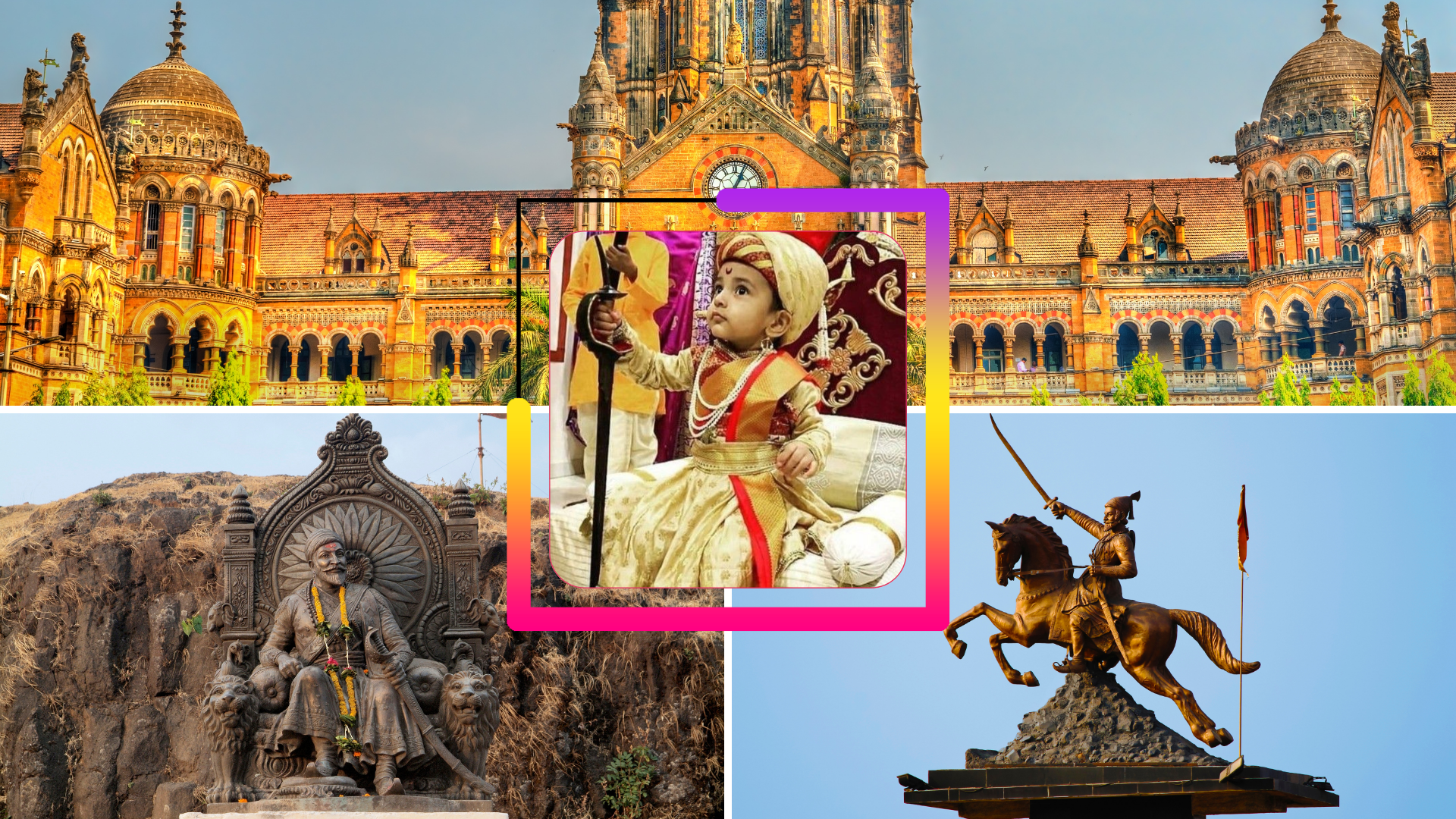

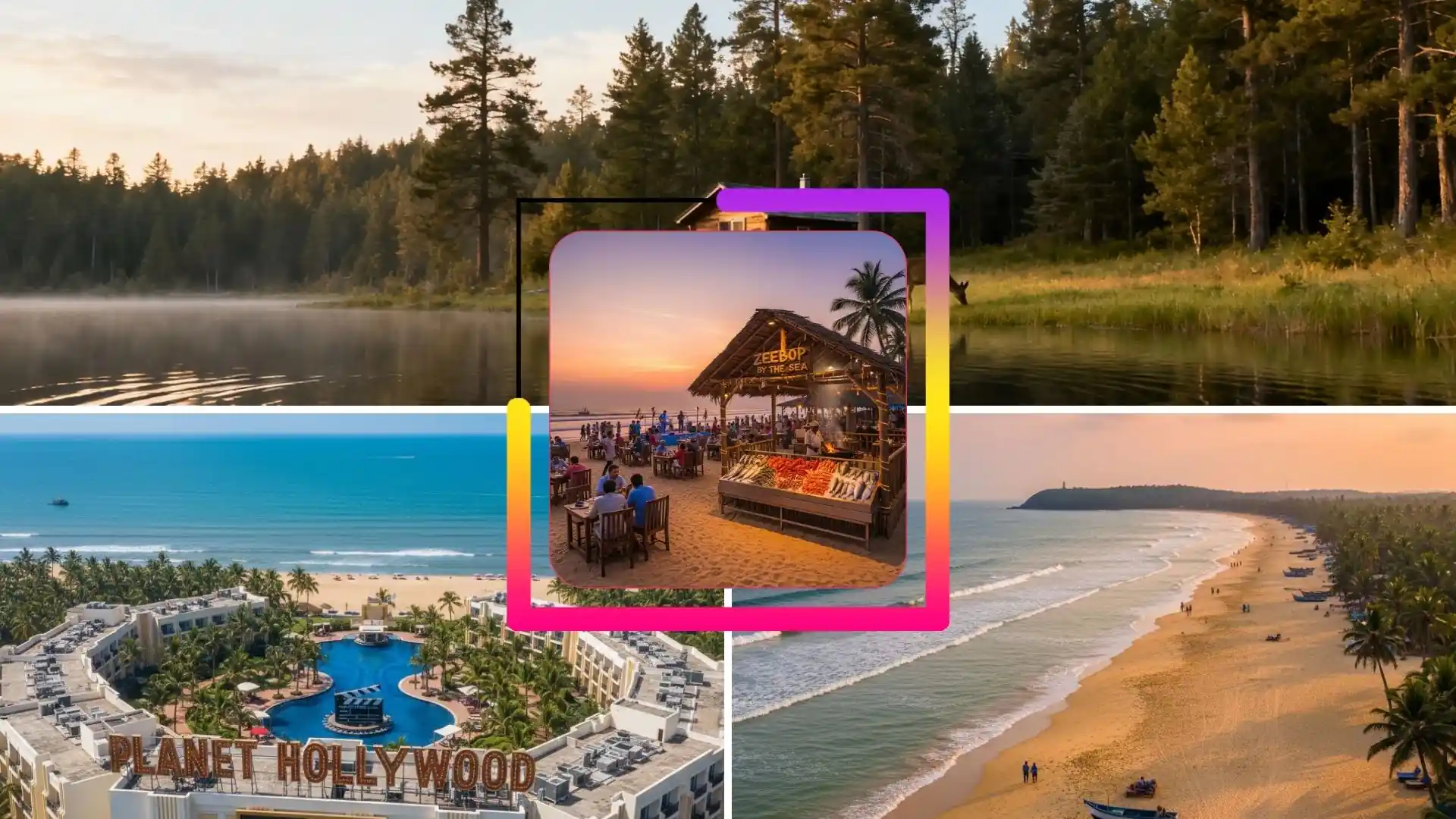



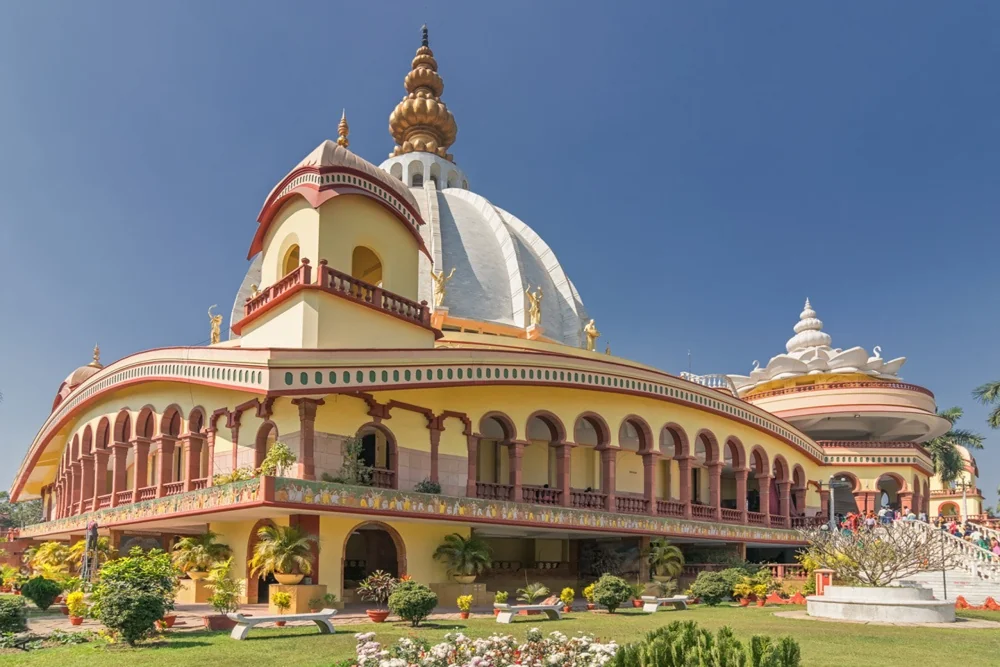
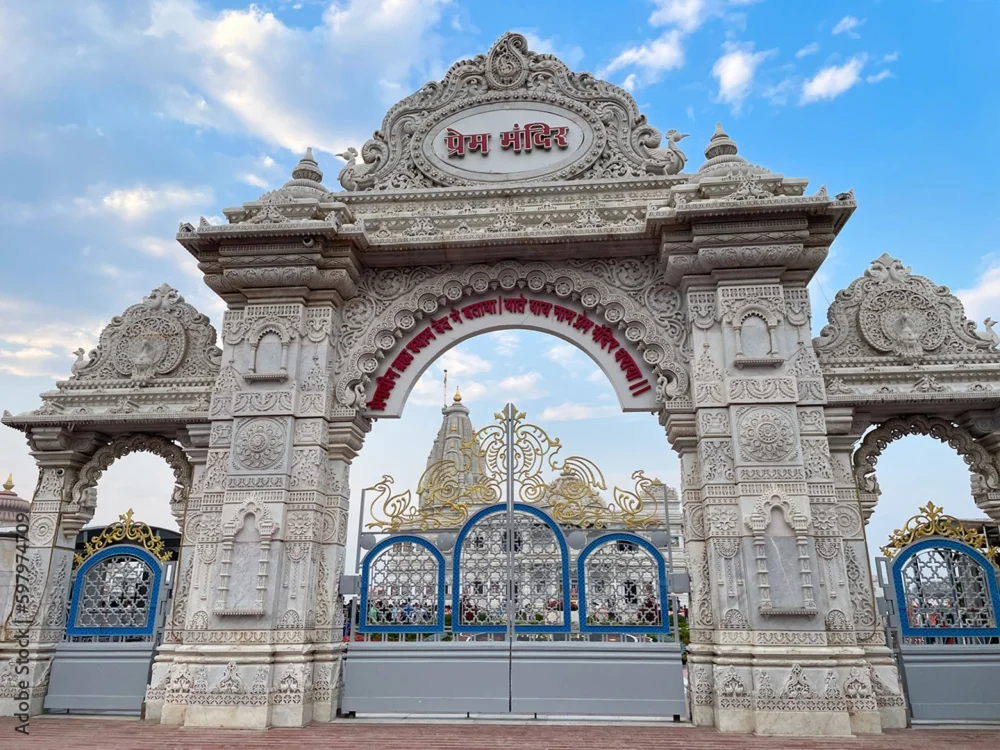
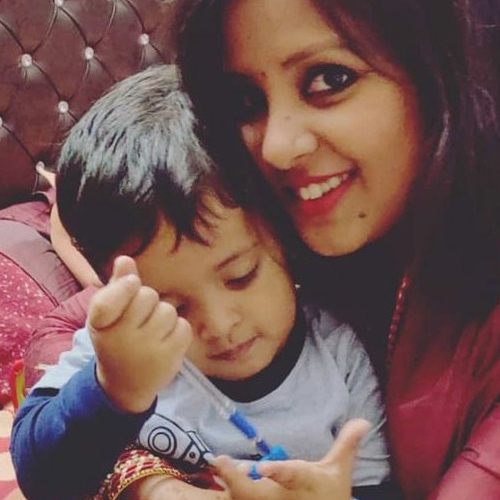
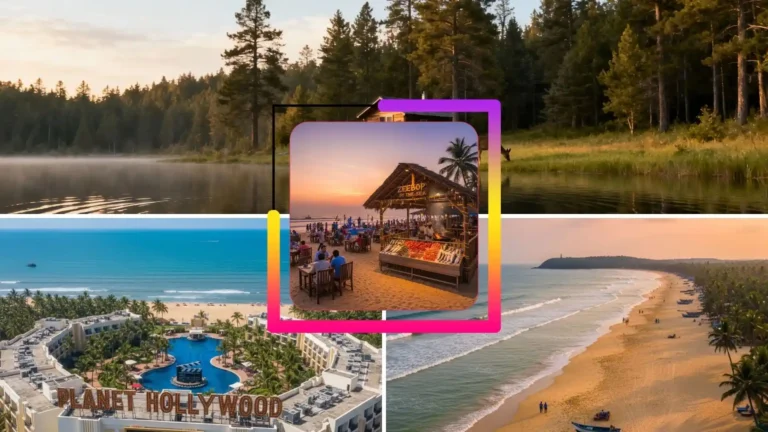
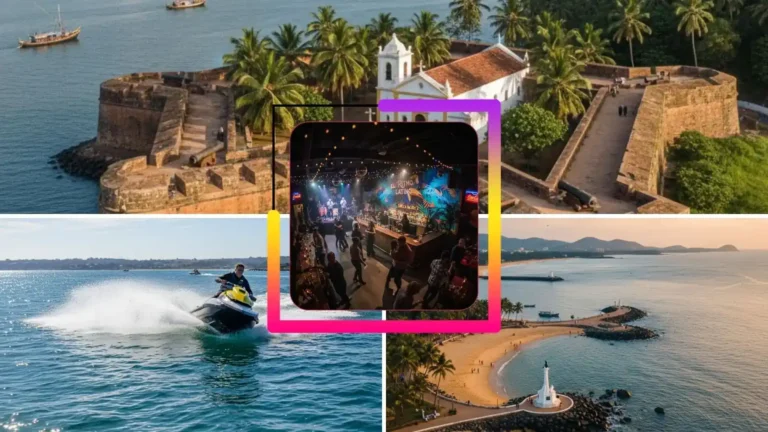




Leave a Comment